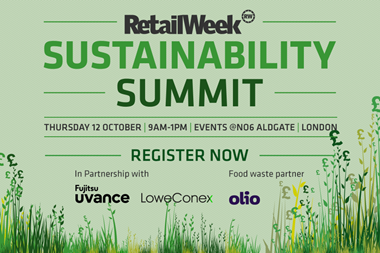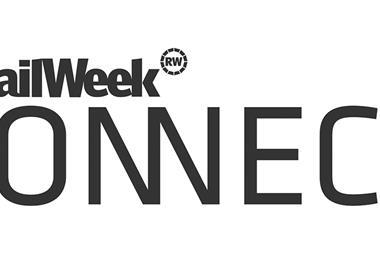The UK economy is clearly facing an extraordinary crisis. The coronavirus pandemic has sent shockwaves across communities, financial markets and has caused paralysis within many businesses.
Reading the Bank of England’s latest assessment of the economic impact sent chills down my spine. The UK may be about to enter the worst recession in 300 years. GDP is expected to contract by 3% in the first quarter and by a further 25% in the current quarter, plunging the economy into the deepest recession since the Great Frost of 1709.
The ‘good news’ is the expected V-shaped recovery, which will mean rapid economic growth in 2021, returning the economy to its pre-Covid-19 peak by the second half of the year. But as all economists know, models are only as good as their inputs and assumptions, and many underlying assumptions will be based on ‘best judgements’ during this horrendously uncertain period.
“The sheer range of forecasts is incredible, like nothing I’ve witnessed before, indicating just how uncertain economists are of the future”
Having keenly observed the Bank’s forecasts for nearly two decades, it’s important to adopt a healthy degree of scepticism on assessment. A consensus of 16 city banks (which all updated their forecasts in April) suggested the hit to the economy in the second quarter will be much shallower, in the region of 12.5% – far more optimistic than the Bank of England or the Office for Budgetary Responsibility (OBR). However, the sheer range of forecasts is incredible, like nothing I’ve witnessed before, indicating just how uncertain economists are of the future.
A swift and coordinated response from the central bank and the government has undoubtedly prevented economic catastrophe. Our labour market is poles apart from that of the US. Some states have reported unemployment rates reaching 25%. But focusing on our recovery, the effectiveness of the government’s exit strategy will be the defining factor determining success – or not.
Avoiding deep freeze
In the most optimistic scenario, high street banks will need to keep the lending taps fully open; employees will need to feel safe returning to work; and consumers will need to release that pent-up demand – all three essential components operating harmoniously amid awkward social distancing measures.
The Bank of England has already warned that if high street lenders fail to support their business customers, any short-term benefit in reduced losses would be eradicated by a higher level of company failures, and for unemployment to rise from its predicted 9% in 2021 by another two percentage points, ultimately leading to larger losses.
The perceived success of the exit strategy will be critical in generating consumer confidence in a ‘Covid world’, which has glimpses of a ‘pre-Covid existence’ – normality. This is vital given that two-thirds of the economy is comprised of consumer spending and a third of this goes through the retail sector. Household spending has already dropped by around 30% since early March.
Navigating the choppy waters of managing societal health while avoiding shallow waters that could potentially beach our economy is a tricky business for the leaders of any nation.
“The unfortunate reality is that many retail employees are already effectively unemployed – they just don’t realise it yet”
While measures to support businesses and households have been a lifeline for so many, they simply cannot continue indefinitely. It is estimated that one in five workers have now been furloughed, meaning the government is shelling out wages for 6.3 million people, a staggering £8bn since its inception. Furthermore, the OBR estimated it could cost the Treasury £39bn. However, the scheme’s take-up is said to have surpassed the government’s expectations.
From a retail perspective, government support has allowed leadership teams time to prepare to transition to the ‘new normal’. In many cases, this is likely to mean significant structural transformation involving right-sizing of businesses in terms of stores and employees, and an urgency to prioritise online operational capabilities. This trend was already underway, but we now face a step-change within the industry. The unfortunate reality is that many retail employees are already effectively unemployed – they just don’t realise it yet.
Overall, the government must avoid the cliff edge when withdrawing support and implement a tapering off in aid that nourishes employment to other parts of the economy. This will be critical to ensure the economy steers clearly away from a catastrophic scenario resembling the deep freeze experienced in the Great Frost.































No comments yet